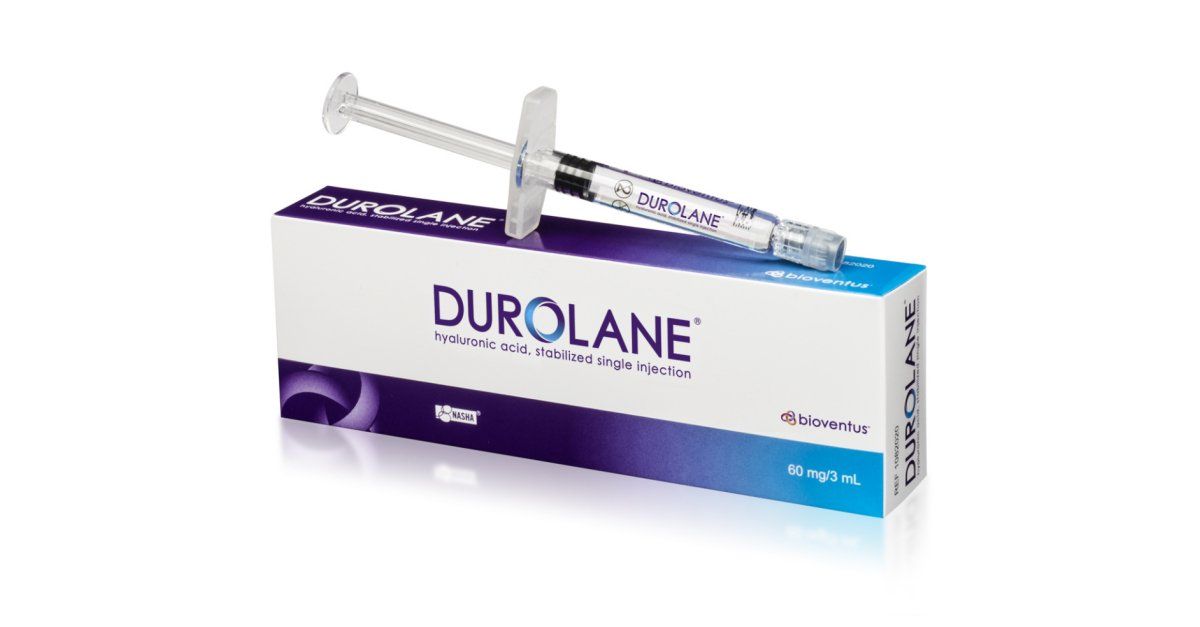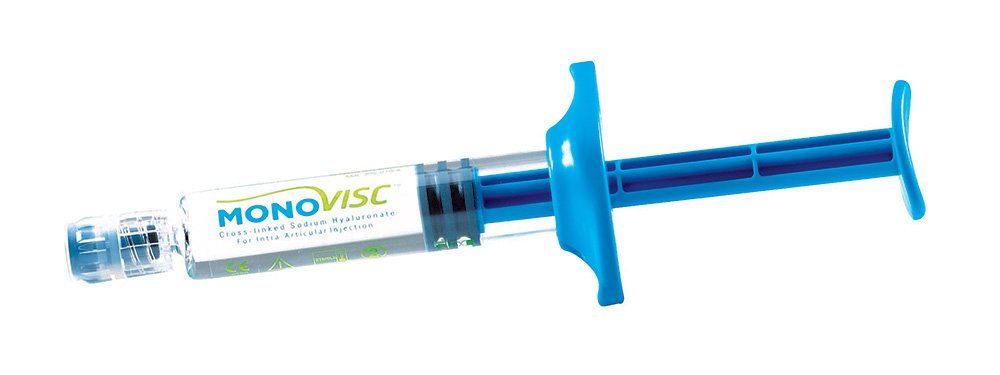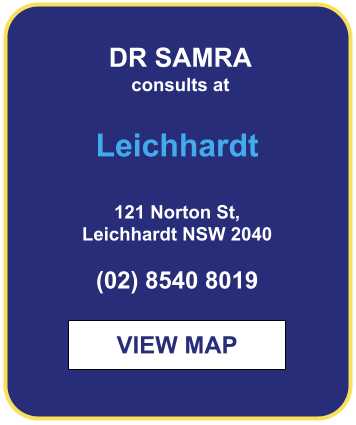Hyaluronic Acid Injections
What is Hyaluronic Acid?
Hyaluronic Acid Injections (the common brands being Monovisc, Synvisc and Durolane) are used to treat knee and other joint pain caused by osteoarthritis (OA) in patients who have already been treated with pain relievers or other treatments without satisfactory outcomes.
Hyaluronic acid is found naturally in joints and other parts of the body. In the joint, it is found in the cartilage and the synovial fluid that lubricates the joints to keep them working smoothly.
In people with arthritis, the hyaluronic acid gets thinner and it is no longer able to protect the joint. Injections of artificial hyaluronic acid into affected joints may improve the protection, similar to a top up of engine oil.
Why Consider Hyaluronic Acid Injection?
Hyaluronic acid injections help reduce the pain caused by osteoarthritis. Some patients find relief from symptoms within a few days. Full benefits usually are reached 3-5 weeks after the treatment. The peak effect is at about 8 weeks and the treatment may provide pain relief for up to 9 months. Response varies and the injections do not help everyone. If successful the injections can be repeated after 6-9 months.
Because Hyaluronic Acid is a thick medication serves to supplement your own hyaluronic acid and keep the bones from scraping against each other, the mechanism used is similar to a lubricant to help decrease inflammation and ease the pain.
For very inflamed joints, Corticosteroid injections may help to settle down the inflammation in the weeks prior to viscosupplementation. This is thought to make it more effective as inflammation probably leads to faster break-down of the hyaluronic acid molecules.
Types of Hyaluronic Acid Injection
The following medications are all types of hyaluronic acid injections:
- Sodium hyaluronate (Euflexxa, Hyalgan, Supartz)
- High-molecular-weight hyaluronan (Durolane, Monovisc, Orthovisc)
- Hylan G-F 20 (Synvisc, Synvisc One)
- Cross-linked hyaluronate (Gel-One)
Patients may have their own preference for which type to use based on past experience, but generally Durolane is a good first choice because it has a lower rate of allergic/inflammatory joint reactions. For smaller joints monovisc is a good choice.
These products are relatively expensive and average $300-500 for the injection product alone, but some health funds subsidize them.
Hyaluronic Acid Injection Treatment Protocol
In the past, multiple weekly injections were required for Viscosupplementation. With the advent of High Molecular Weight formulations- the injection stays inside the joint for much longer, and therefore a single injection is now used with up to 9 months of effect. Results indicate that the injections work well to control knee pain in particular, but many of these products now have general approval to be used in any synovial joint in the body.
To ensure accuracy, Dr Samra uses image guidance with high-resolution ultrasound to inject the hyaluronic acid directly into the affected joint. A local anaesthetic is used before the injection.
This medicine is to be administered only by or under the immediate supervision of your doctor, and all injections require a prescription.
Alternative Arthritis Treatment
Osteoarthritis (OA) is the most widespread joint disease affecting the elderly population.
A comprehensive,
individualised treatment plan should always be provided.
Common non-steroidal anti-inflammatory drugs (NSAIDs), supplements of chondroitin sulphate and/or glycosaminoglycans are prescribed as non-operative treatments, but these are aimed and pain relief.
Fluid aspiration (arthrocentesis) this procedure removes some fluid from the knee. By removing excess fluid immediate relief from pain and swelling may result. This is sometimes done prior to receiving an injection of corticosteroids or hyaluronic acid.
Alternative Therapies include:
- Pentosan or Pentosan polysulfate sodium (PPS) Injections
- Platelet-rich plasma (PRP) Injections
- Cortisone Injections
Hyaluronic Acid Injections Treatment Process
Preparation for Treatment
The patient should be counselled to ensure that the treatment is understood.
Hyaluronic Acid Injections must be ordered by the patient prior to the injection appointment.
The doctor will:
- Take your medical history, including allergies or prior drug interactions
- Conduct a physical examination, and
- You may be asked to have a number of tests to ensure that the injections are suitable.
- Advise the doctor if you take Aspirin, Anti-inflammatory or Blood-thinning medications
- Skin or knee joint infections at the place where the injection is to be given
- Joint effusion should be treated first before receiving this medicine.
Day of Your Treatment
- Do not consume large amounts of alcohol for at least 24 hours prior to treatment,
- Avoid vigorous physical activity or exercise for 24 hours,
- Wear loose clothing
Injection Approach
In some cases, the doctor may recommend a
local numbing medication be applied to the injection site, this also temporarily relieves pain. This can be discussed.
Pain relief with Hyaluronic Acid Injection is not immediate.
During Your Treatment
- Lies down, while the doctor then administers the Hyaluronic Acid Injection.
- May feel a short period of discomfort during the injection that goes away quickly.
After Your Treatment
Patients are given written post-injection instructions and:
- Able to walk or drive afterwards without issue,
- Can return home or work the same day, and
- Should rest the injected area for two or three days
Where there is local pain, the patient is advised to rest for two days before resuming normal activities.












